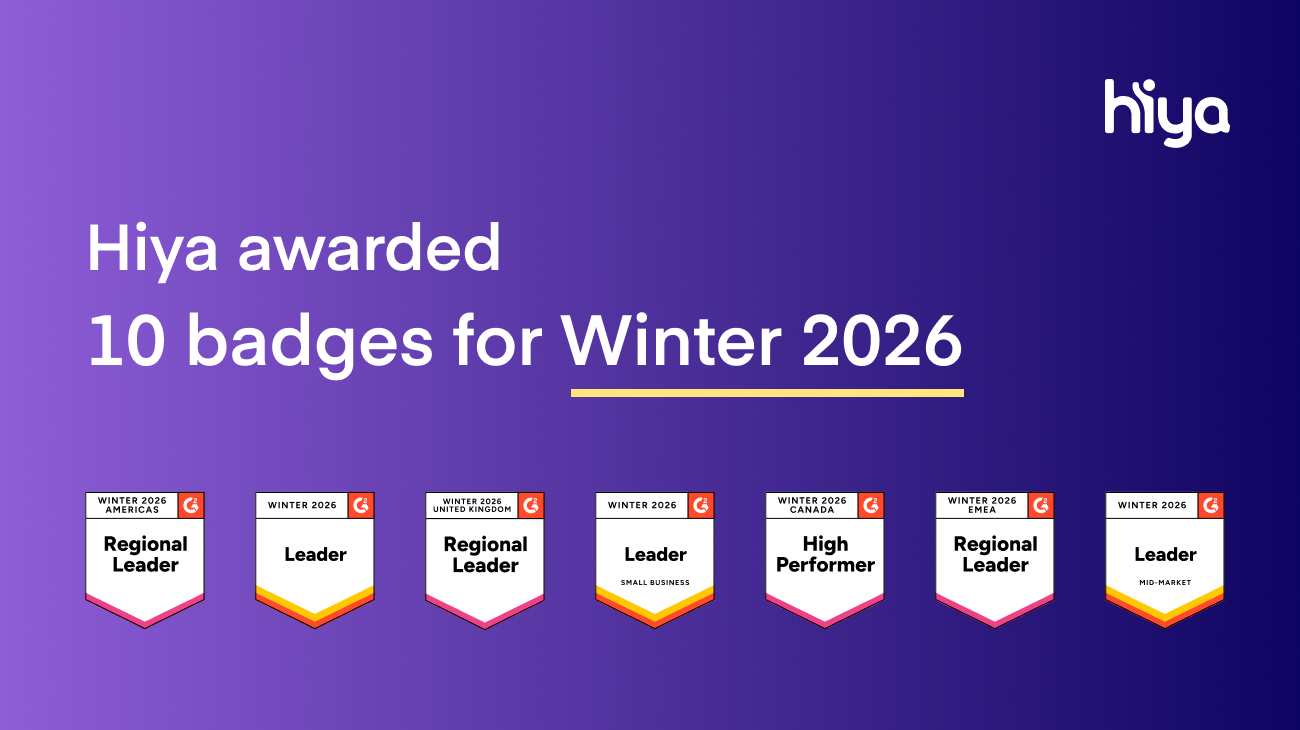
Businesses that experience high call volume would quickly become overwhelmed without proper call management. Manually routing the calls to the right agent and collecting data on calls would waste time that could be spent connecting with customers. Utilizing call management is a great way to improve your call experience.
What is call management? Call management describes the processes and systems that organizations use to handle incoming and outgoing calls and it is necessary for handling, tracking, and collecting data from calls.
How does call management work?
When a customer places a call, the call will pass through a series of predefined parameters and rules to determine where it should be routed to. There are several routing types that call management software can use to determine which agent to send a call to.
Types of routing in call management
Choosing the best routing method plays a huge role in call center productivity. Below are a few different routing methods that your contact center can use to direct your call management.
- Time-based routing
With time-based routing, calls are directed to agents depending on the order in which they are received. Calls are placed in a queue and the longest waiting call is sent to the first available advisor. Calls received outside of business hours are directed to agents in a different time zone or are sent to voicemail. - Skills-based routing
In a skills-based routing system, calls are sent to the agent who is best suited to help the person calling. If you have agents with specialties in particular services or products, then you could send all calls related to that product to the appropriate agent. - Priority-based routing
Also known as weight call routing, priority-based routing delivers calls to agents according to a predetermined order. If a customer is considered VIP, or frequently purchases additional services, they could be sent to a different queue than your general customers. Then you could answer calls from the VIP queue before the general queue. - DNS number routing
Routing calls by Dialed Number Identification Service (DNIS) number occurs when an organization has different numbers for different products, services, or promotions. If your organization has different numbers for your sales, support, and claims departments, DNIS routing will allow you to send callers to the appropriate agents. Using DNIS routing can also be effective if you are running marketing promotions. If different promotions use different numbers, you will be able to tailor your messaging to that promotion depending on which number the caller dialed. - ANI routing
Routing calls by Automatic Number Identification (ANI) allows you to route calls based on the location of the caller. Ideal for localized services, ANI routing enables organizations to provide support for callers in specific regions. - Round robin routing
With a round-robin system, calls are distributed equally among agents so that everyone has an equal opportunity to hit the same number of leads. To determine the order in which to send calls to each agent, consider distributing calls based on the agent with the longest waiting time. - Ring all routing
In a ring-all strategy, all available agents get a call notification simultaneously and have the ability to answer the call when they want. This routing method works for companies with a large number of agents who are available to immediately take action and minimize hold time. However, if you’re noticing that agents are inactive for extended periods, this may not be a good strategy for your team.
Benefits of call management
Effectively routing and collecting data from calls allows your business to cut down on operational costs while improving the customer experience.
- Fewer abandoned calls
When customers are interacting with the right agent, they are far less likely to abandon the call. And if the call somehow gets disconnected, effective call management allows the agent to reach out and continue the call. - Better staffing levels
By collecting call data, you can identify when your high volume times are and when agents are most inactive. Knowing when these windows occur will help you optimize your staffing schedule. - Improved employee performance
Call management gives managers insight into the performance of each agent, allowing those who excel to receive recognition. Managers are also able to use data to identify training needs. - Boost customer service
Effective routing puts customers in touch with the agent who is most qualified for their needs. In addition, call management solutions can keep a record of a customer's call history so that the agent can provide a personalized customer experience. - Reduce costs
When you’re able to handle more calls efficiently, reduce agent underperformance, and boost customer experience, the cost of your contact center goes down.
Common call management features
When determining what call management capabilities your organization needs, it’s important to get insight from all stakeholders. Different departments will likely have different needs. With that in mind, below are some examples of features that could serve your use cases.
Call presentation
Once the call management system has identified how to route a call, it can be presented to agents in several ways.
- The call can ring at several workstations at the same time until someone answers.
- The call can ring at one agent’s workstation for a predetermined amount of time. If they don’t answer, the call rings at another agent’s workstation.
- The call can be automatically dropped into an agent’s headset.
Taking a look at call volume, number of agents, and agent efficiency can help you determine which presentation method is best for your contact center.
Reporting
Call metrics provide insight into the performance of agents and processes. Many call management solutions track both real-time data and after-the-fact data. Some real-time information to look at is the number of agents on the phone, the status of agents, and the number of calls in the queue. There are countless after-the-fact data points, but several include:
- Number of calls made
- Quality of call
- Handle time
- How often calls are escalated
Already have a dialing or routing solution but lack call reporting? Hiya Connect offers self-serve analytic dashboards that help you uncover call insights.
Call recording and call tracking
Call recording allows businesses to record customer calls for managers to listen to later. This gives managers insights into agent performance and areas where additional training may be required.
Call tracking provides agents with information about the person who is calling. This allows agents to personalize the customer experience.
Call queues
Call queues hold inbound callers in line when agents are occupied with other calls. This capability also allows agents to view queue information to make decisions based on real-time data. When in a queue, the call is often greeted with a welcome message and placed on hold with music playing in the background.
Improving the outbound call experience
Call management helps your customers get the service they need in a timely manner by connecting the customer with the appropriate agent. When it comes to outbound calls, there is another step you can take to reach customers. Displaying a branded caller ID with your company name, logo, and call reason helps customers know to pick up the phone.
Interested in learning more ways to optimize your calling efforts? Download our Call Center Metrics eBook to learn what metrics should inform your strategy.



